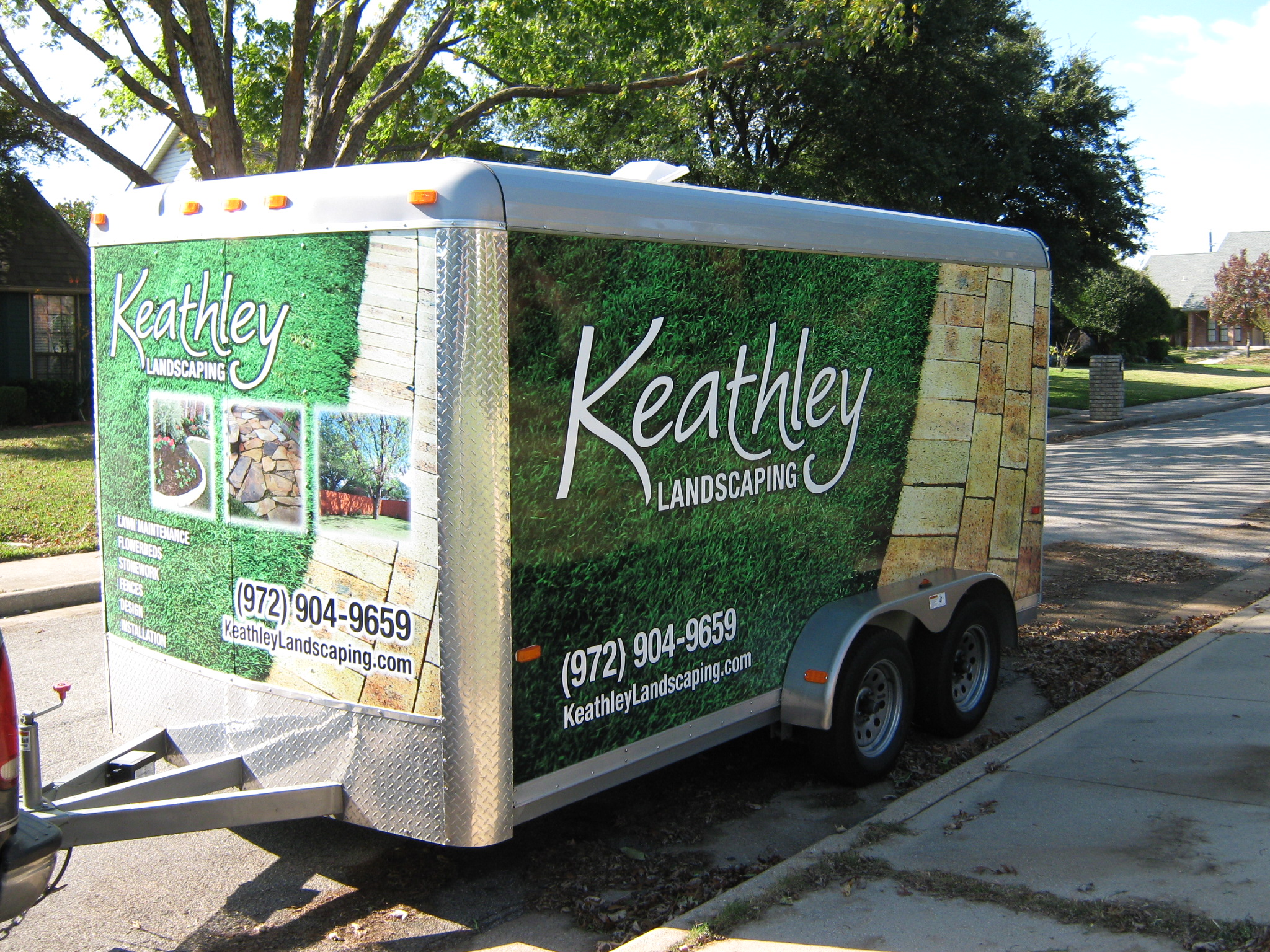The Role of Yard Drainage in Urban Planning: A Comprehensive Overview
Urban planning is a complex tapestry of infrastructure, aesthetics, and sustainability. Among its many threads, yard drainage is a crucial component often overlooked. Understanding its role can significantly impact city living quality and environmental health. So, let’s dive into the importance of yard drainage in urban planning! 🌍
Table of Contents
1. Introduction to Yard Drainage
2. Why Yard Drainage Matters in Urban Areas
3. Methods of Effective Yard Drainage
4. Challenges in Urban Yard Drainage
5. Conclusion: The Future of Yard Drainage in Cities
6. FAQs
Introduction to Yard Drainage
Yard drainage refers to the systems and techniques used to manage and redirect excess water in residential and public spaces. This is not just about avoiding puddles on your lawn—it’s about the larger picture of water management in urban environments. 🏙️
Why Yard Drainage Matters in Urban Areas
The significance of yard drainage extends beyond personal convenience. Here are some reasons why it is vital:
1. Prevents Flooding: Proper drainage systems minimize the risk of flooding, which can cause extensive damage to homes and infrastructure.
2. Protects Ecosystems: By efficiently managing water flow, drainage systems help prevent soil erosion and protect local ecosystems from waterlogging.
3. Enhances Infrastructure Longevity: Consistent water exposure can wear down roads and buildings. Drainage systems help maintain urban infrastructure by keeping water at bay.
Methods of Effective Yard Drainage
Implementing effective drainage solutions involves several strategies:
1. French Drains: These are simple yet effective solutions that use gravel-filled trenches to direct water away from critical areas.
2. Rain Gardens: Aesthetic and functional, rain gardens are designed to absorb and filter rainwater, reducing runoff and improving water quality. 🌿
3. Permeable Paving: Unlike traditional paving, permeable materials allow water to seep through, reducing runoff and promoting groundwater recharge.
Challenges in Urban Yard Drainage
Despite its importance, urban yard drainage faces several challenges:
1. Space Limitations: Dense urban areas often lack the space needed for traditional drainage systems.
2. Aging Infrastructure: Many cities rely on outdated systems that struggle to cope with modern demands.
3. Climate Change: Increasingly unpredictable weather patterns challenge existing drainage infrastructure, necessitating innovative solutions.
Conclusion: The Future of Yard Drainage in Cities
As urbanization continues, the need for effective yard drainage becomes ever more pressing. By integrating innovative solutions and sustainable practices, urban planners can enhance the livability of cities while protecting the environment. Let’s work towards greener, well-drained urban spaces! 🌱
FAQs
1. What is the main purpose of yard drainage?
Yard drainage primarily prevents flooding and water damage, protects ecosystems, and maintains the integrity of urban infrastructure.
2. How does climate change impact yard drainage?
Climate change leads to more extreme weather conditions, which can overwhelm existing drainage systems and create new challenges for urban planners.
3. Can I implement yard drainage solutions in my own backyard?
Absolutely! Solutions like rain gardens and French drains can be implemented in residential areas to improve drainage and enhance garden aesthetics.
4. Why are rain gardens beneficial for urban areas?
Rain gardens help reduce runoff, filter pollutants from rainwater, and create natural habitats for wildlife, making them a sustainable choice for urban environments.
5. What are some signs of poor yard drainage?
Signs include persistent puddles, waterlogged soil, and visible erosion, all of which indicate a need for improved drainage solutions.






































Recent Comments